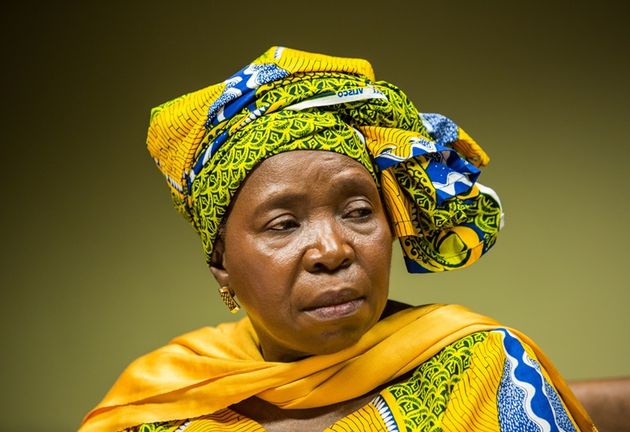By: Barnabas Thondhlana
The private sector and civil society have been challenged to play their part in creating a sustainable future, in line with the United Nations development goals.The challenge has been made by Siemens Electronics Africa, who on their part, have established Digital Villages in various countries in Africa including Sudan, Democratic Republic of Congo, Gabon and Senegal to mention a few.
Designed in collaboration with African communities, the Digital Village concept comprises of mobile, solar-powered facilities including a connected admin centre, solar powered internet school, solar powered generator and solar power mobile health centre, which can be configured to serve as the high-tech hub of rural and underserved communities.
According to Abey Tau, the Public Affairs and Corporate Citizenship Manager for Samsung Electronics Africa, the establishment of Digital Villages was one of Samsung’s ways of promoting the UN’s Sustainable Development Goals (SDGs).
“We see ourselves as an active participant in the global agenda to help promote positive change by using our global network of employees, suppliers and partners; which is why we have established solutions which help address the felt need of communities, particularly in education, health, skills and employability,” said Tau.
In addition to delivering desperately-needed services to communities, the Digital Village also delivers WiFi access and power to the broader community, often for the first time. This access sparks small business development and information-sharing, e-government service delivery and agricultural progress in areas that have been sidelined in the information age for too long.
“It makes sense to get behind the SDGs because they are a mechanism to help end poverty and promote sustainability across the board,” Tau said.
“It may be Corporate Citizenship that kick starts the process, but it is essential that every individual is working towards a common goal.”
Prepared to follow on from the Millennium Development Goals (MDGs), the 17 Sustainable Development Goals were unveiled with the aim of taking steps towards building a better world in the next 15 years.
The UN has spent significant time analyzing the successes and failings of the MDGs in order to apply the learnings to the SDGs. The MDGs did produce some good outcomes, such as contributing to decreasing the proportion of people living on less than $1.25 from 47% in 1990 to 14% in 2015. However, it is also acknowledged that progress has been limited, with many being left behind.
According to reports, the SDG strategy will require an annual outlay of $2.5 trillion for it to be implemented successfully, which will need to come from private investment. It’s certainly something the private sector wants to get involved with in an effort to show support for sustainable development.
The SDGs hone in on growth as the main solution to poverty, but we are still in a position where most of the global GDP growth remains in the upper echelons of society, rather than having an impact on the poor. The amount of growth needed to truly end poverty would also have a significant impact on environmental issues such as climate change.
Tau said the fact that an annual outlay of US$2.5 trillion was required to make the SDGs a reality left the corporate sector, called on to make the investment needed to achieve these goals, in a tricky situation.
“Where do we invest to ensure we aren’t encouraging one area of growth at the expense of another?” he asked.
“There is no doubt that the SDGs will, in one way or another, shape the global agenda on economic, social and environmental development over the next 15 years. It is also true that global action is the best way to ensure accountability and inclusivity. Ultimately the call is for everyone from government, to the private sector and civil society to play their part in creating a sustainable future.”
Tau said corporate investors played such a central role in the roll-out of the SDGs, and there was a lot of work that needed to be done when it came to investors’ specific commitments and accountability mechanisms.
“With this framework, Samsung’s aim is to make a positive contribution towards the SDGs by positively impacting the lives of people,” he said.
“The company continues to inspire the world and create the future through innovative technology that enriches people’s lives and contribute to social growth.”



